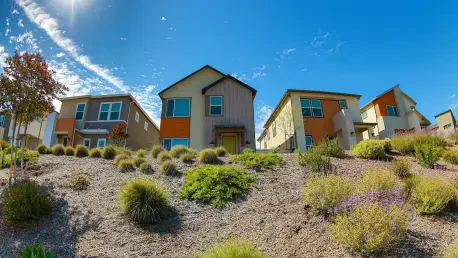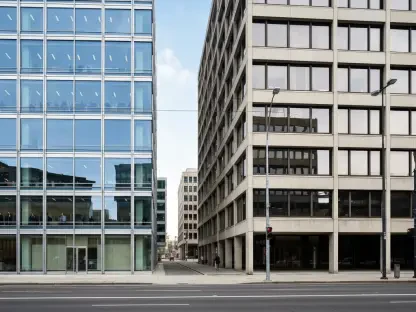In a significant development for the Southwater community in West Sussex, Catesby Estates has successfully completed a pivotal land transaction with Barratt Redrow for the construction of 96 new homes. This ambitious project comes after an extensive five-year planning process, culminating in a strategic land sale of a 14.8-acre parcel. Despite earlier resistance from the Horsham District Council, the proposal was greenlighted following an appeal, marking a victory for both developers and future residents. The Planning Inspectorate played a decisive role, citing the limited landscape impact and highlighting the district’s deficient housing supply as key factors influencing the approval. This newly approved residential development is poised to deliver a diverse range of housing options to meet the varied needs of the local population.
A Diverse Development
This development promises to enrich the housing landscape of Southwater, offering a diverse range of 2- to 5-bedroom homes. Prospective buyers can anticipate a selection including apartments, terraced, semi-detached, and detached houses. Importantly, 35% of these homes have been designated as affordable housing. This initiative is set to benefit local residents or individuals with established connections to the area, addressing a critical demand for accessible housing. The project’s planning approval incorporates a solution to ensure water neutrality, a crucial consideration given the region’s water supply challenges. By implementing measures that prevent increased water abstraction, the developers aim to balance residential growth with environmental stewardship. This essential planning element addresses local concerns about sustainability and ensures the new development aligns with broader ecological goals.
The housing sector’s potential expansion in Southwater reflects a nuanced planning framework where various stakeholders align their interests for shared benefits. The development’s architectural diversity offers potential residents multiple choices that cater to varying lifestyles and family sizes. Although achieving such approvals has been challenging, the developers have responded proactively to zoning regulations and community concerns. This proactive approach showcases a commitment not only to meeting market demands but also to fulfilling community interests, providing a blueprint for successful collaborative planning.
Strategic Collaborations and Community Impact
Representatives from Catesby Estates and Barratt Redrow have publicly expressed satisfaction with the culmination of this land deal. Andy Wright of Catesby Estates highlighted the partnership’s achievements, focusing on the housing solutions the project will deliver to the community. Jack Allan from Barratt Redrow echoed this sentiment, emphasizing the effective collaboration and its significance in addressing Horsham’s housing shortage amidst existing water neutrality hurdles. These remarks underscore the importance of cooperation between different development entities in ensuring the project’s success. By joining forces, Catesby Estates and Barratt Redrow have demonstrated how strategic partnerships can overcome complex regulatory landscapes.
The completed sale and ensuing construction plans are emblematic of the wider trends in land development, where successful projects often depend on adept navigation through planning intricacies and environmental constraints. For Southwater, this development signifies more than an array of new homes; it exemplifies thoughtful progress that takes into account both immediate and future community needs. As houses rise on the newly acquired land, the collaborative spirit driving this project promises to translate into tangible benefits for local residents.
Looking Forward
The new development in Southwater is set to enhance the housing market by offering a wide variety of homes ranging from 2 to 5 bedrooms. Prospective buyers will find options like apartments, as well as terraced, semi-detached, and detached houses. Notably, 35% of these homes are allocated as affordable housing, specifically benefiting local residents or individuals with strong ties to the area, addressing the pressing need for accessible housing. An innovative aspect of this project is its plan for water neutrality, essential in a region grappling with water supply issues. Through strategies designed to curb increased water usage, developers seek to balance residential expansion with ecological stewardship, meeting both environmental and community sustainability concerns. By navigating zoning laws and local apprehensions carefully, developers have shown a commitment not only to market demand but also community needs, crafting a model for successful collaborative planning that aligns varied stakeholder interests for mutual benefits.









